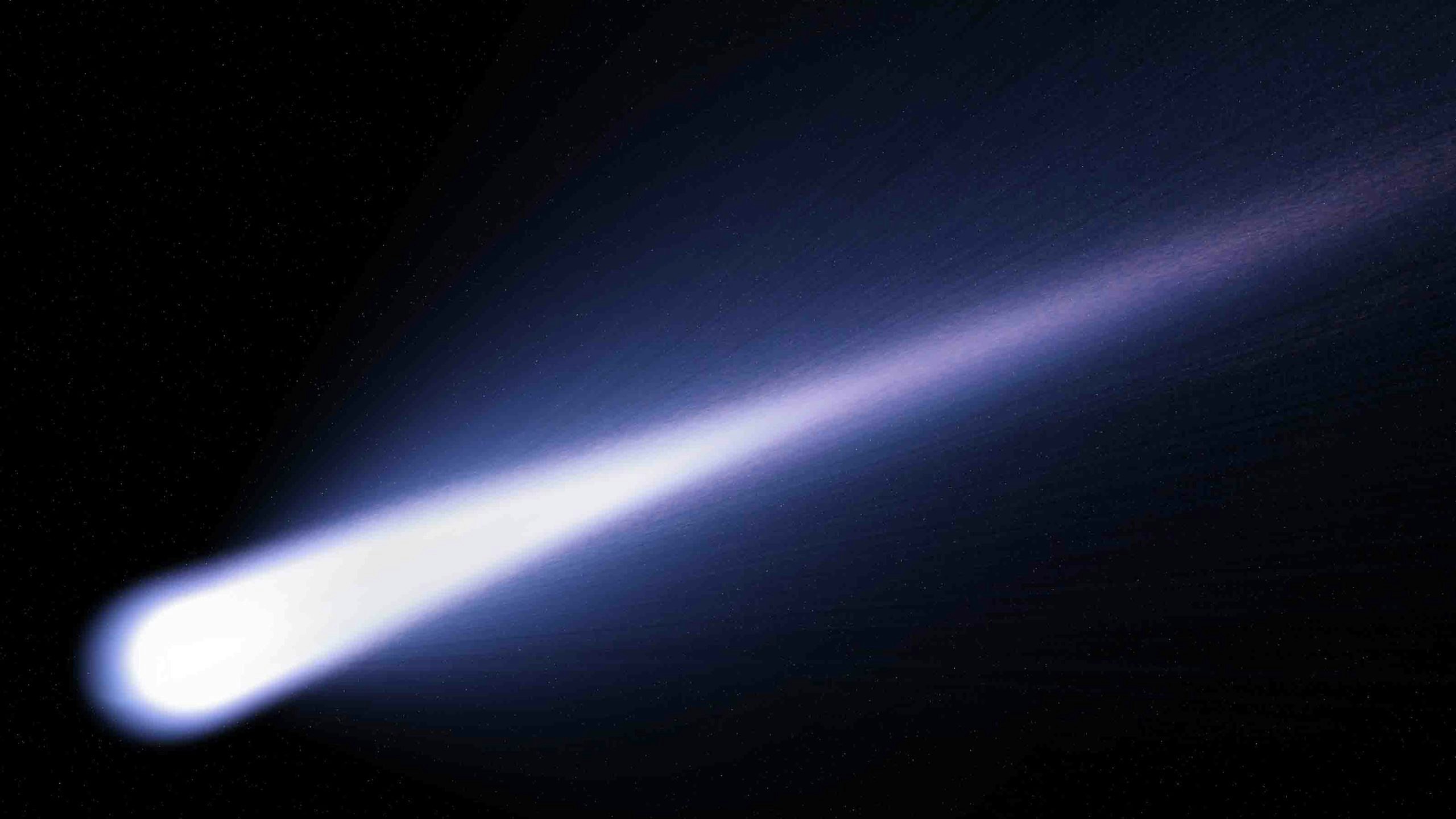Night sky watchers in May could be rewarded with a look at a bright new comet as well as the Eta Aquarids meteor shower, a University of Wyoming staff member said.
The SWAN Comet, officially designated as C/2020 F8 SWAN, was discovered by an amateur Australian astronomer in December 2019, and UW Planetarium Director Max Gilbraith said it could be one of the most memorable comet-viewings in recent history.
“It might be brighter than the planet Venus and have a huge, beautiful tail visible with binoculars or a small telescope,” Gilbraith said. “Comets are hard to predict, but it could be the best comet we’ve had for 20 years.”
Early morning, around 4:45 a.m., is the best time to catch a glimpse of SWAN along the northeastern horizon. Comets can be the size of a small town and are composed of frozen gases, rock and dust, orbiting the Sun like “cosmic snowballs,” according to NASA.
“This comet is on a parabolic path around the Sun,” Gilbraith said. “Once the Sun pulls it in with its gravity, it will fling it back out of the Solar System entirely.”
While there could be an opportunity for viewers to catch the comet as it passes Earth on a trajectory leaving the Solar System, he explained the comet could just as easily break apart or succumb to the Sun’s gravity.
If a single bright comet isn’t enough reason to climb out of bed in the wee hours of the morning, the Eta Aquarids meteor shower is also gracing night skies throughout May. Named as a result of the meteors appearing to originate from Eta Aquarii, one of the brighter stars in the constellation Aquarius, the meteors are likely particles from the tail of Halley’s Comet, Gilbraith explained.
Although the show of shooting stars takes a backseat to the Perseid meteor shower later in the year, he said sky watchers might still see a meteor every few minutes.
“You will catch meteors all through the night if you really look for them,” Gilbraith added. “If you look to the east around 4 a.m. to 5 a.m., you’ll definitely see some of those meteors.”
In the evening, Venus is visible to the west, but most planets appear in the morning, with Jupiter and Saturn hanging in the south and Mars shining to the southeast.
“The planets do move through the sky, but very slowly,” Gilbraith explained.





